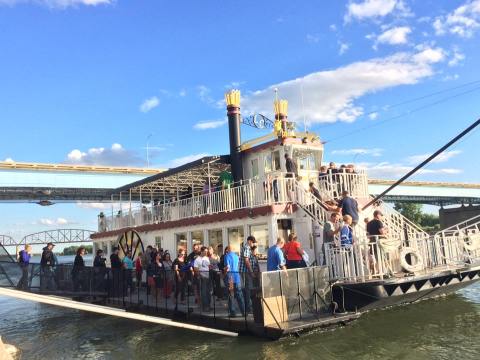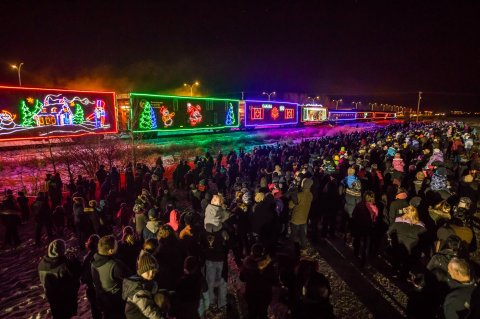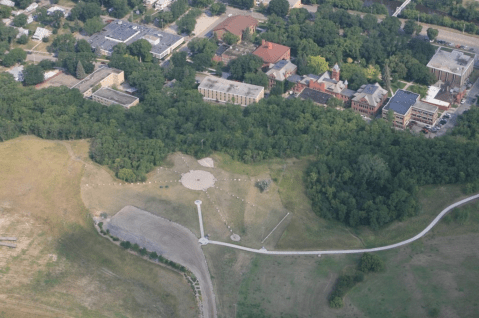One Of The Deadliest Accidents In U.S. History Happened Right Here In North Dakota
In a quiet small town in North Dakota, not a whole lot of huge news happens. Life goes on happily and the usual day-to-day activities are done unaffected, like in these peaceful small towns. But it can take just one fateful day to turn a small town like that into a place where the entire nation is hearing about because of one of the deadliest train accidents in the country’s history. And that happened right here in ND.
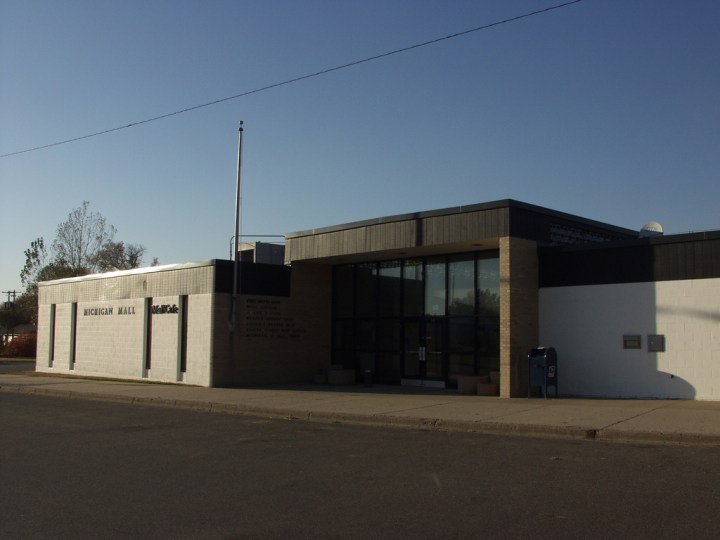
Michigan, named after the founder's home state, has never had a population much higher than 400 residents in all its years.
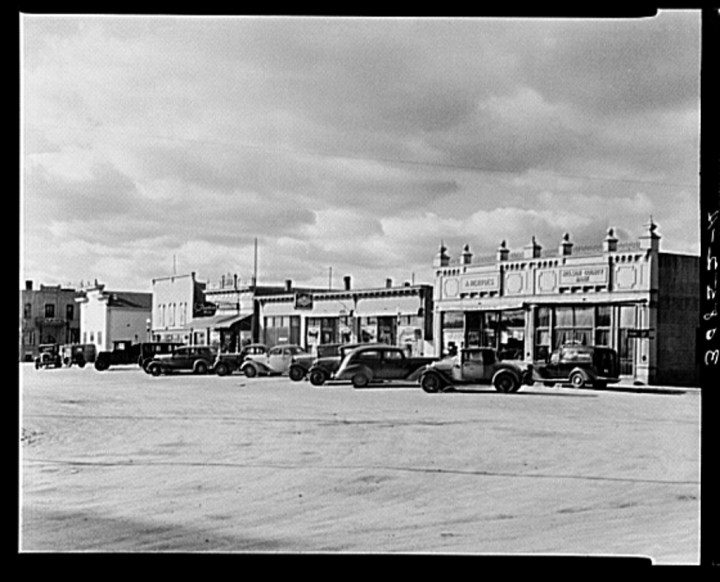
August 9th, 1945 - the day that will never be forgotten in this town. At the time, World War II was just a few days away from being officially over and almost 900 people, mostly men and women of the military, were on two trains headed west from Grand Forks after a quick stop. The trains were part of the Great Northern Railway and were traveling tandem, about 30 minutes apart. The first train held 237 passengers and the second over 600.
Just a little way into the journey after leaving Grand Forks, the first train, First 1, had to make an emergency stop due to smoke coming from the hotbox that later investigations claimed was due to a clogged waterline. It made that stop right by Michigan, North Dakota.
Just a little way into the journey after leaving Grand Forks, the first train, First 1, had to make an emergency stop due to smoke coming from the hotbox that later investigations claimed was due to a clogged waterline. It made that stop right by Michigan, North Dakota.
Advertisement
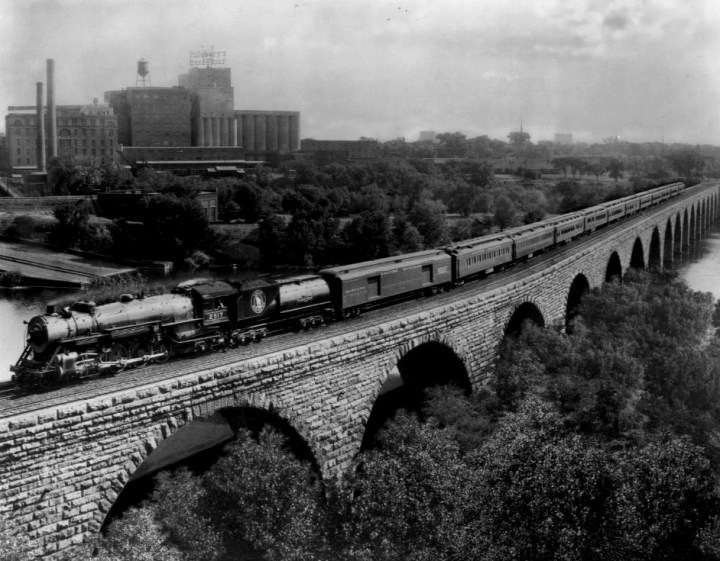
Tragically, there was no way for the first train to warn the second train that it had stopped due to the smoke. That 30 minute gap between the two trains was closing in quickly and before they knew it, the train was coming up to the first one at 45 mph. At 7:22 PM on that day, the trains collided.
The locomotive of Second 1 smashed into the rear cars of First 1, completely gutting and destroying more than one. Of the 237 passengers on the first train, just one of them in the rear car that had been hit survived. The total death count was 34 people, and the number of injured passengers was over 300. The wreck shook the town of Michigan, but they were quick to spring into action to help in any way that they could. This story made national headlines and was a terribly sad and unfortunate tragedy. Today there is a memorial in Michigan, ND for those who lost their lives in that terrible accident, which continues to be the worst rail disaster in North Dakota and one of the worst in the US.
The locomotive of Second 1 smashed into the rear cars of First 1, completely gutting and destroying more than one. Of the 237 passengers on the first train, just one of them in the rear car that had been hit survived. The total death count was 34 people, and the number of injured passengers was over 300. The wreck shook the town of Michigan, but they were quick to spring into action to help in any way that they could. This story made national headlines and was a terribly sad and unfortunate tragedy. Today there is a memorial in Michigan, ND for those who lost their lives in that terrible accident, which continues to be the worst rail disaster in North Dakota and one of the worst in the US.
If you’d like to learn more about this, you can read about it on Michigan, ND’s website and find a lot of original news articles and photos of the wreck.
OnlyInYourState may earn compensation through affiliate links in this article. As an Amazon Associate, we earn from qualifying purchases.


